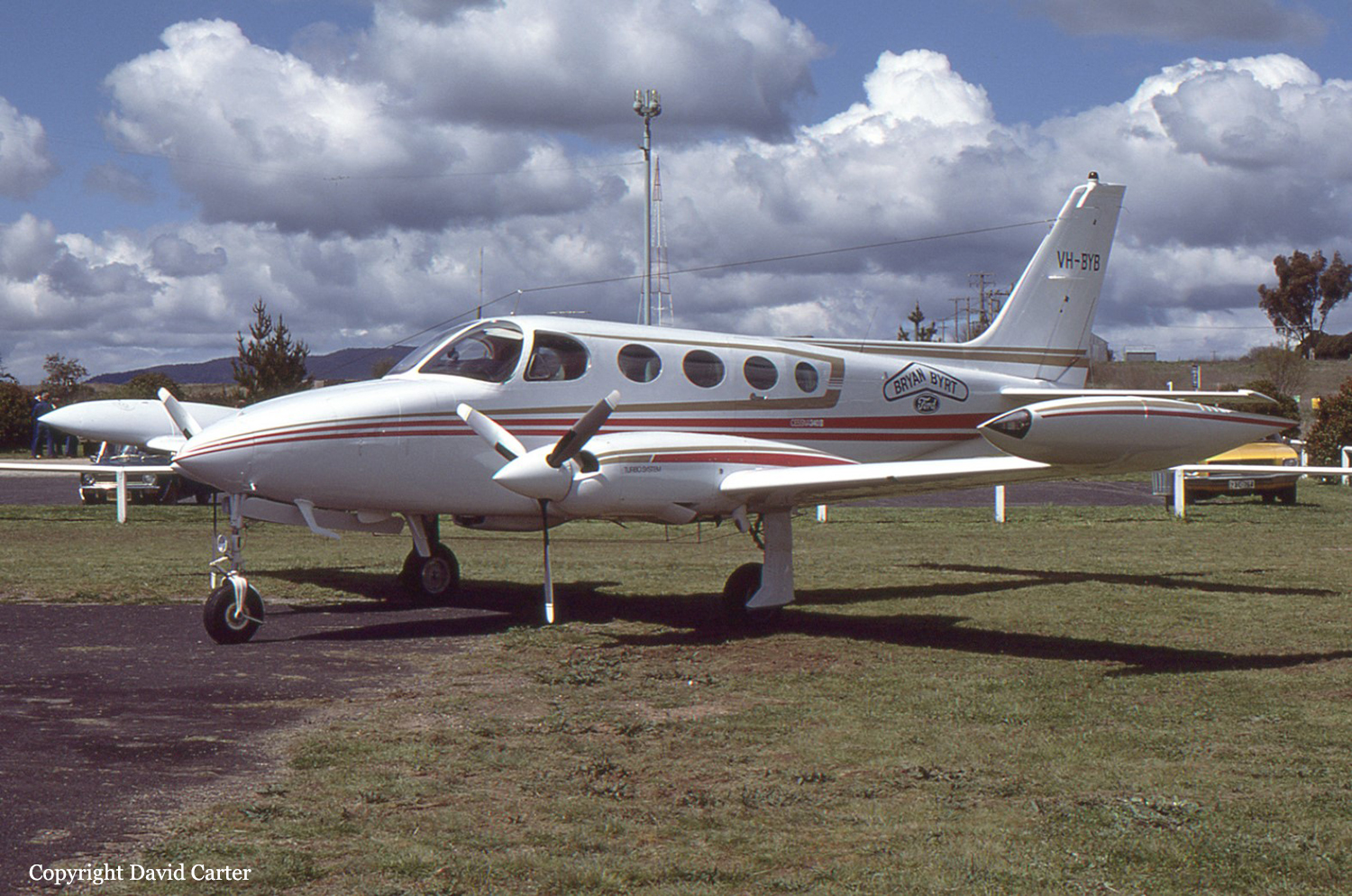Crash of a Cessna 340A in Dania: 2 killed
Date & Time:
Feb 14, 1986 at 1205 LT
Registration:
N1923E
Survivors:
No
Schedule:
Fort Lauderdale - Fort Lauderdale
MSN:
340A-0671
YOM:
1978
Crew on board:
2
Crew fatalities:
Pax on board:
0
Pax fatalities:
Other fatalities:
Total fatalities:
2
Captain / Total hours on type:
873.00
Aircraft flight hours:
1600
Circumstances:
Shortly after takeoff on a check-out flight the aircraft was observed on crosswind leg to descend until impact. There was an extensive post impact fire. Witnesses heard the aircraft make a 'poof' type of noise just as the pilot radioed the control tower and stated that he was experiencing an emergency of unknown nature. The paper air filter element for the left engine exhibited the presence of oil, and the left side of the aircraft had evidence of oil spatter and streaking. Both occupants were killed.
Probable cause:
Occurrence #1: miscellaneous/other
Phase of operation: takeoff - initial climb
Findings
1. (f) lubricating system - leak
----------
Occurrence #2: in flight collision with terrain/water
Phase of operation: descent - emergency
Findings
2. (c) emergency procedure - not followed - pilot in command
3. (c) panic - pilot in command
----------
Occurrence #3: on ground/water collision with object
Phase of operation: landing - roll
Findings
4. (f) object - tree(s)
----------
Occurrence #4: fire/explosion
Phase of operation: landing - roll
Phase of operation: takeoff - initial climb
Findings
1. (f) lubricating system - leak
----------
Occurrence #2: in flight collision with terrain/water
Phase of operation: descent - emergency
Findings
2. (c) emergency procedure - not followed - pilot in command
3. (c) panic - pilot in command
----------
Occurrence #3: on ground/water collision with object
Phase of operation: landing - roll
Findings
4. (f) object - tree(s)
----------
Occurrence #4: fire/explosion
Phase of operation: landing - roll
Final Report:


